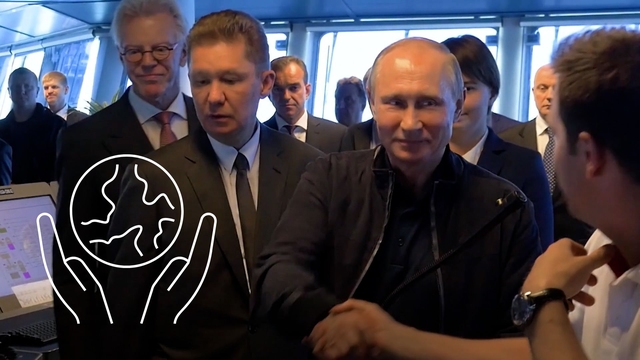20 Billion Under the Sea
Deep sea submersibles on the new frontier to mine the ocean
 At the bottom of the ocean, at a depth of more than 6000 metres, lie polymetallic nodules containing metals that are crucial to maintaining our electronic infrastructure. Companies are now beginning to mine the sea floor for these materials, which are worth billions of dollars. The extent of the environmental impact of such a project is uncertain.
At the bottom of the ocean, at a depth of more than 6000 metres, lie polymetallic nodules containing metals that are crucial to maintaining our electronic infrastructure. Companies are now beginning to mine the sea floor for these materials, which are worth billions of dollars. The extent of the environmental impact of such a project is uncertain.
At the forefront of these expeditions is Allseas Group. Jeroen Hagelstein, Allseas’ spokesperson, argues that this type of mining will have less impact than other forms of mining: “we must compare all types of mining together and see which has the least impact. We think that ocean mining extraction has the least impact.” Environmental organisations are raising the alarm at the potential damage that this mining can do, especially if left unregulated: “The worry is that once they’ve opened the door, dozens of other mining companies will come along, and we won’t be able to shut the door again” says Matthew Gianni from the Deep Sea Conservation Coalition. Although scientists have been accompanying Allseas to monitor the impact of their mining, the results they have provided are not reliable. One anonymous scientist reports that “the strategy of environmental monitoring is deficient” and there were “bad practices concerning the instruments used, which have altered or contaminated the samples.”
FULL SYNOPSIS

